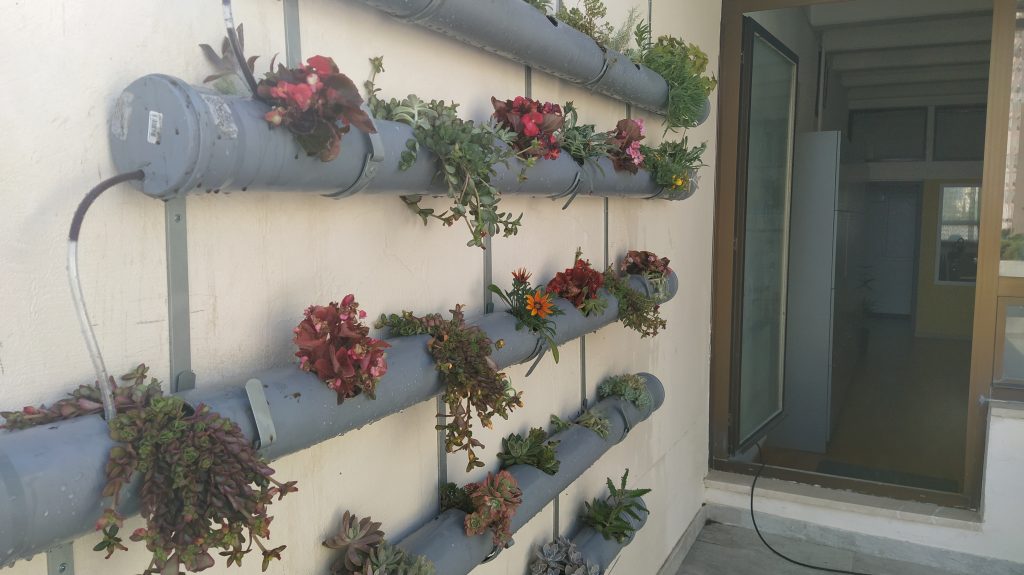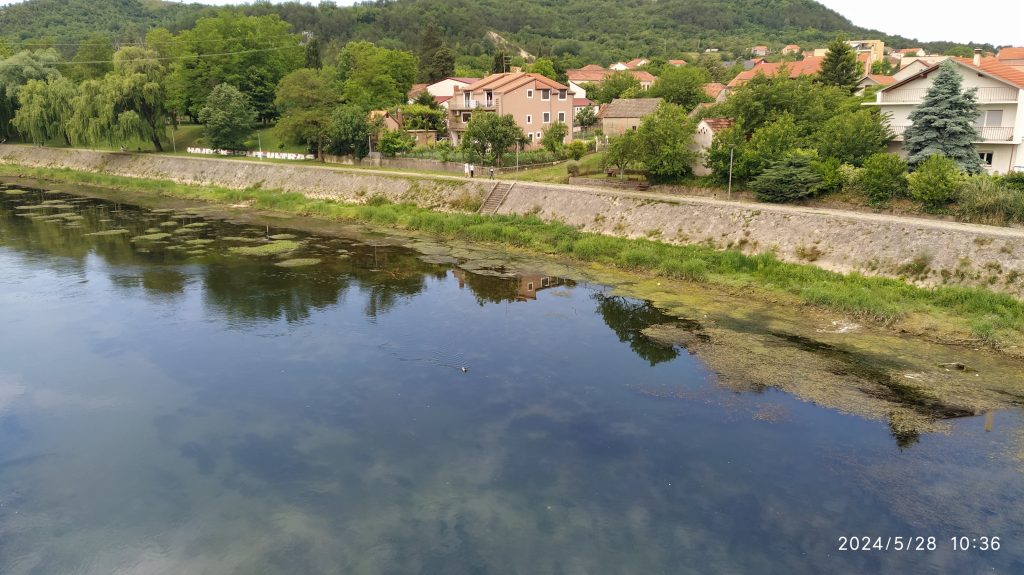Duration: 3 sessions of 45 minutes
Managing water in cities is a complex task that requires careful planning, investment in infrastructure and sustainable practices. By adopting effective water management strategies and promoting responsible water use, cities can ensure a reliable water supply for their residents while minimizing their impact on the environment.
Water is a precious resource that goes through a continuous cycle of evaporation, precipitation, and return to the oceans. However, this process is not always simple, especially at the local level. Sometimes water falls on an area, accumulates, and causes flooding, or can run off quickly, leading to water shortages. That is why it is crucial to manage water resources efficiently and sustainably. By keeping water in our systems as long as possible, we can use it more than once, reduce water wastage, and even prevent flooding.

In urban areas, water is crucial for drinking, sanitation, and industrial processes. However, managing water in cities can be difficult due to limited water sources and high population density. Important factors related to urban water management include water supply, demand, infrastructure, wastewater and stormwater management, water conservation, and water management. By implementing effective water management strategies and encouraging responsible water usage, cities can guarantee a steady water supply for their residents while minimizing their environmental impact.
Several water conservation methods can be implemented in urban areas to promote sustainable water usage. Some of these methods include:

The aim is to assist students in comprehending the challenges and strategies involved in the management of water resources in urban areas. The objective is to educate them about the significant role of sustainable water management methods and their impacts on urban communities and the environment. By doing so, students will gain a deeper appreciation for the significance of efficient water management in densely populated areas and the vital need for sustainable practices.
Water in the landscape – an experiment
Discuss with the students the results of the experiment and the importance of healthy soil and water retention barriers.